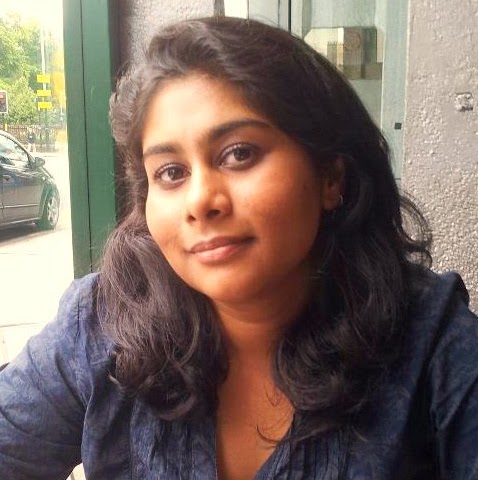 Fabric dyeing is one of the most environmentally harmful processes in textile manufacturing. Effluent from dyes are often released into lakes and rivers. Without proper treatment this runoff wreaks havoc on local ecosystems. These are some of the reasons why Dutch company DyeCoo has come up with a new technology of fabric dyeing using carbon dioxide.
DyeCoo’s waterless innovation, which the company has branded DryDye, took 11 years to develop. Its parent company, FeyeCon, previously engineered a similar process for applications in the industrial sector for example, chemical extraction in pharmaceutical production.
The technique uses supercritical carbon dioxide (scCO2). When carbon dioxide is held above its critical temperature and critical pressure, it is takes on properties of a fluid. It commonly is used as a solvent because of its low toxicity and environmental impact. When the gas is heated up to 31 degrees Celsius (88 degrees Fahrenheit) and pressurized to 74 bar, it takes on the characteristics of both a liquid and a gas, allowing for the dissolution of compounds such as dyes.
For DyeCoo's purposes scCO2 is heated to 120 degrees Celsius (248 degrees Fahrenheit) and pressurized to 250 bar. This makes it behave as both a solvent and solute. This CO2 then penetrates textile fibers and disperses the preloaded dyes without extra chemical agents.
According to their website:
Fabric dyeing is one of the most environmentally harmful processes in textile manufacturing. Effluent from dyes are often released into lakes and rivers. Without proper treatment this runoff wreaks havoc on local ecosystems. These are some of the reasons why Dutch company DyeCoo has come up with a new technology of fabric dyeing using carbon dioxide.
DyeCoo’s waterless innovation, which the company has branded DryDye, took 11 years to develop. Its parent company, FeyeCon, previously engineered a similar process for applications in the industrial sector for example, chemical extraction in pharmaceutical production.
The technique uses supercritical carbon dioxide (scCO2). When carbon dioxide is held above its critical temperature and critical pressure, it is takes on properties of a fluid. It commonly is used as a solvent because of its low toxicity and environmental impact. When the gas is heated up to 31 degrees Celsius (88 degrees Fahrenheit) and pressurized to 74 bar, it takes on the characteristics of both a liquid and a gas, allowing for the dissolution of compounds such as dyes.
For DyeCoo's purposes scCO2 is heated to 120 degrees Celsius (248 degrees Fahrenheit) and pressurized to 250 bar. This makes it behave as both a solvent and solute. This CO2 then penetrates textile fibers and disperses the preloaded dyes without extra chemical agents.
According to their website:
During the dyeing of polymer fibers, CO2 loaded with dyestuff penetrates deep into the pore and capillary structure of fibers. This deep penetration provides effective coloration of these materials which are intrinsically hydrophobic. The process of scouring, dyeing, rinsing, drying and removing the excess dye can be carried out in the same batch.Once the dyeing process is completed, the CO2 can be gasified to remove the excess dye. This clean CO2 can be cycled back into the dyeing vats to be reused. This way the technology saves energy, water and heavy metals that comprise of dye water runoff. Currently the technique can only be applied to scoured or prewashed polyester fabric. However the company is working on a version of the technology that can be applied to unwashed fabric as well as cellulosic textiles made from plants. Several clothes designers have already used fabric dyed with this innovative method to design their clothing lines. Renowned among them is Netherlands-based designer Fioen van Balgooi. She has conceived of the “No H2O,” a deep blue cowl-neck blouse that emulates the effect of water as it softly drapes around the wearer. Image Credit: Amber Israel Article Source: Ecouterre

Akhila is the Founding Director of GreenDen Consultancy which is dedicated to offering business analysis, reporting and marketing solutions powered by sustainability and social responsibility. Based in the US, Europe, and India, the GreenDen's consultants share the best practices and innovation from around the globe to achieve real results. She has previously written about CSR and ethical consumption for Justmeans and hopes to put a fresh spin on things for this column. As an IEMA certified CSR practitioner, she hopes to highlight a new way of doing business. She believes that consumers have the immense power to change 'business as usual' through their choices. She is a Graduate in Molecular Biology from the University of Glasgow, UK and in Environmental Management and Law. In her free-time she is a voracious reader and enjoys photography, yoga, travelling and the great outdoors. She can be contacted via Twitter @aksvi and also http://www.thegreenden.net














